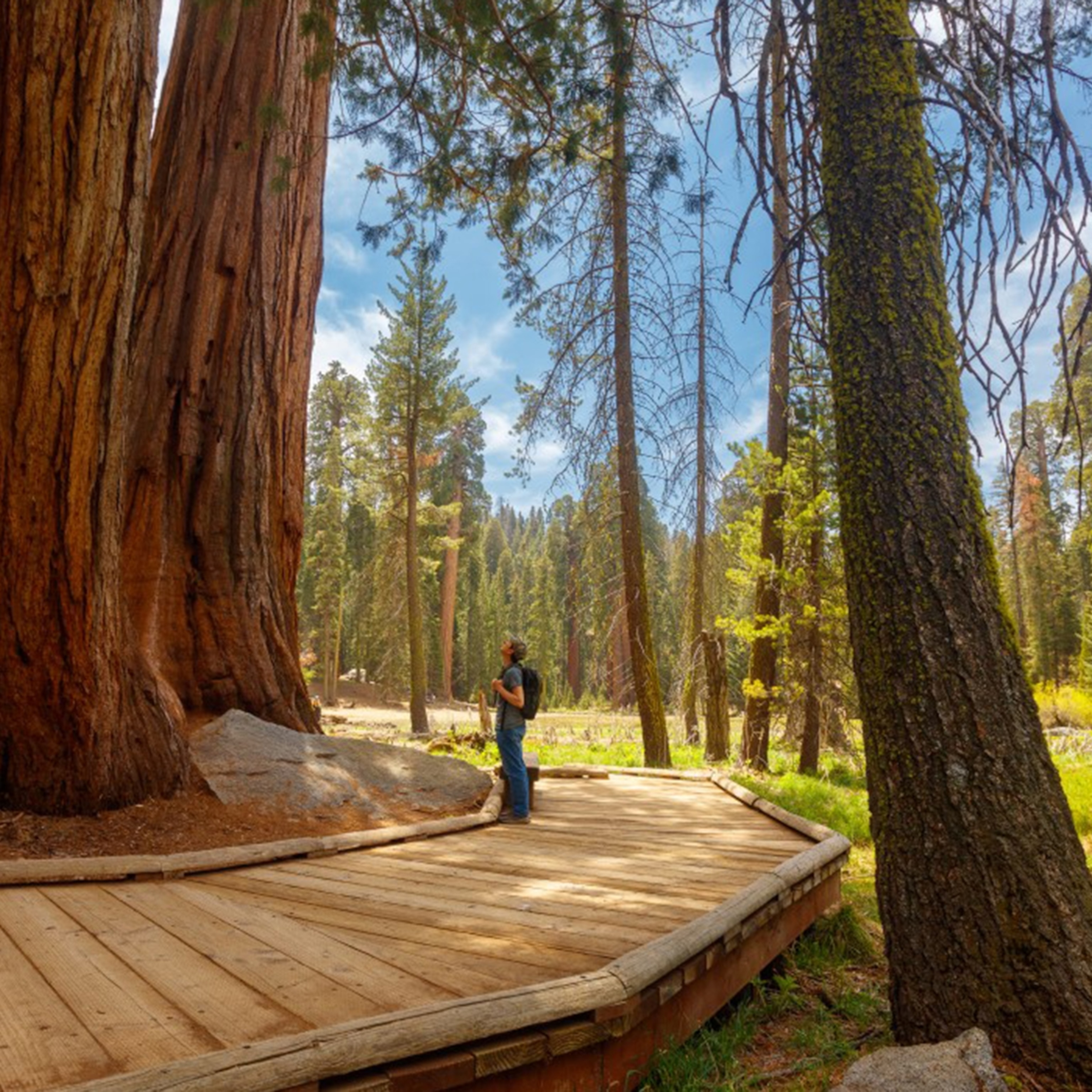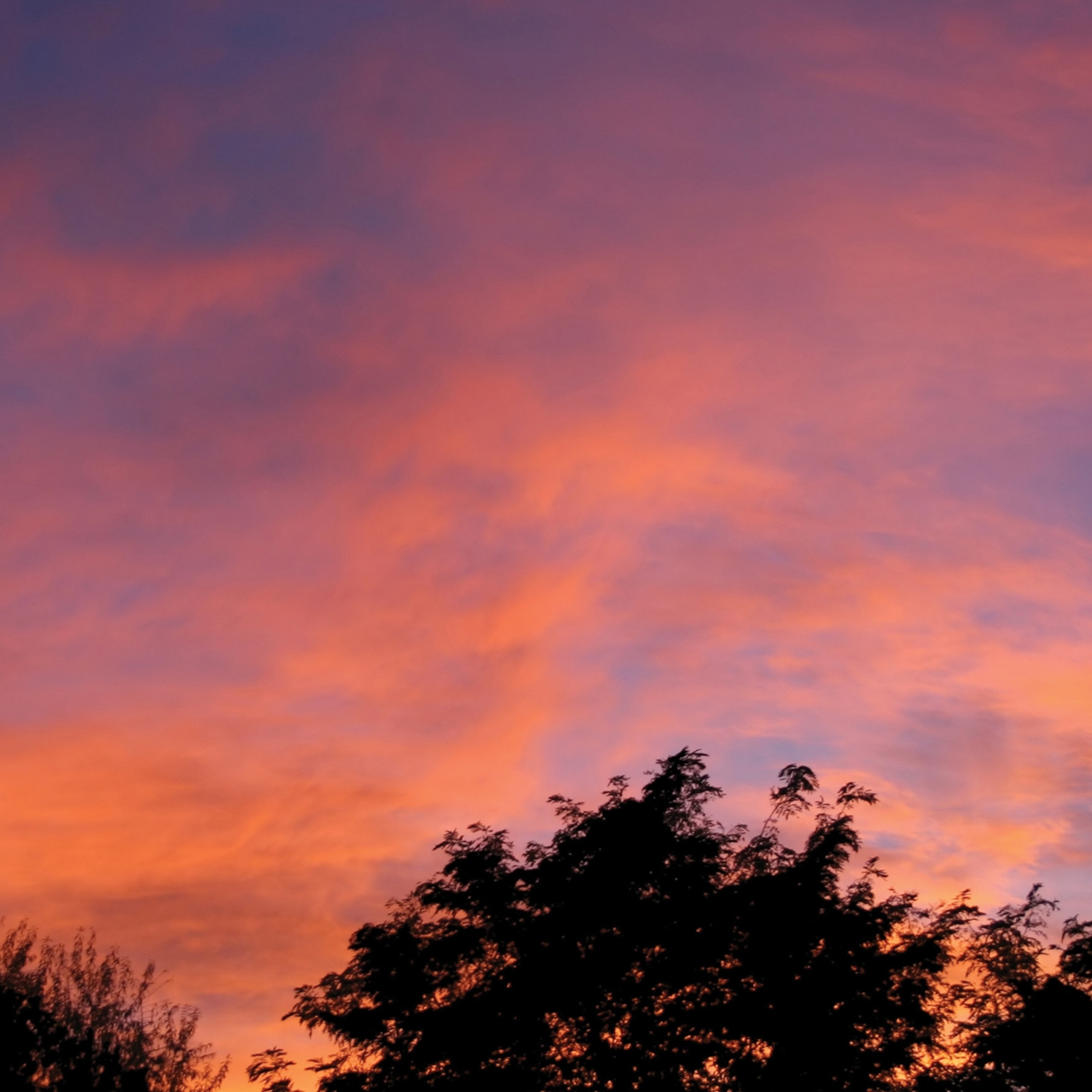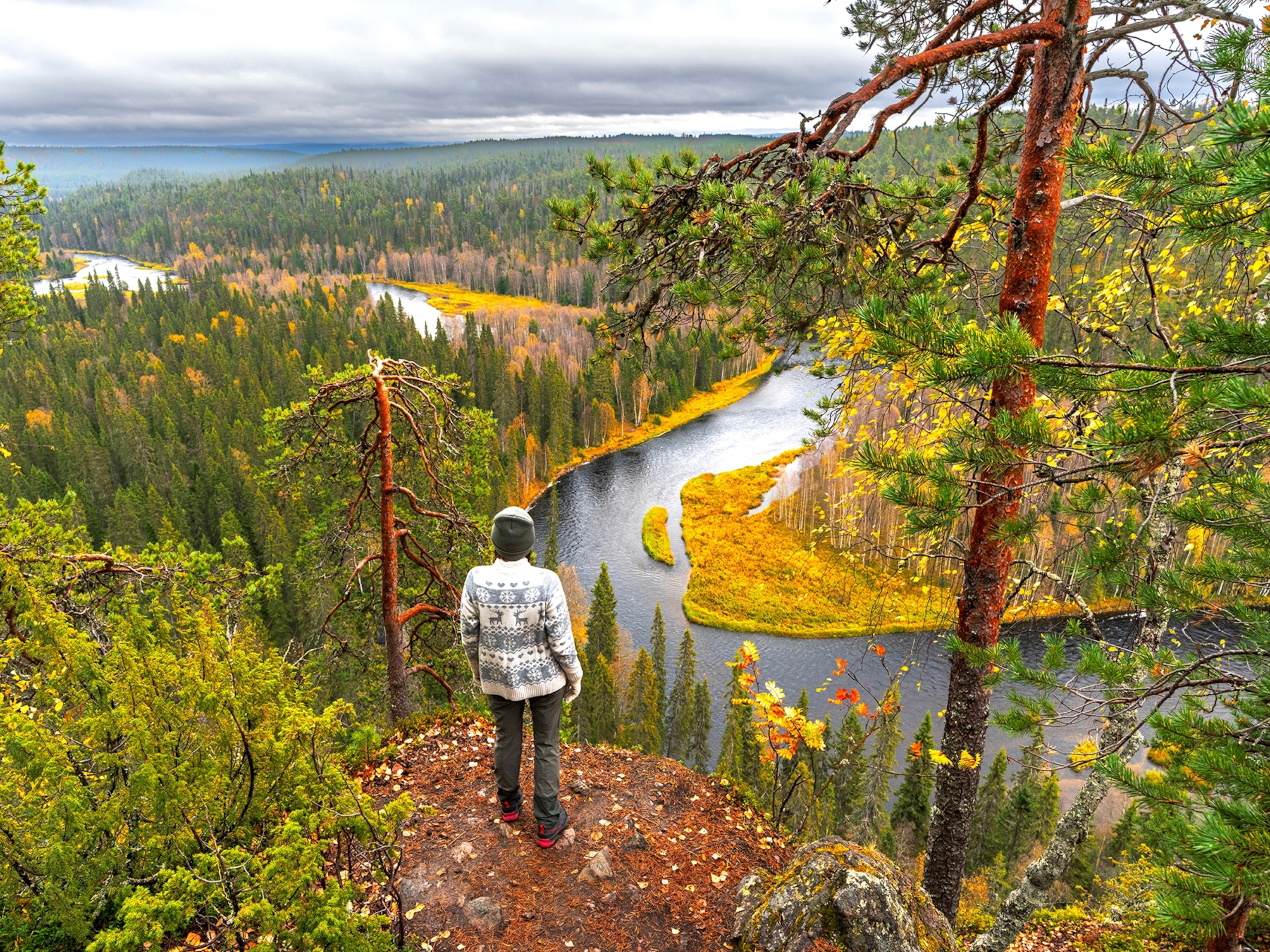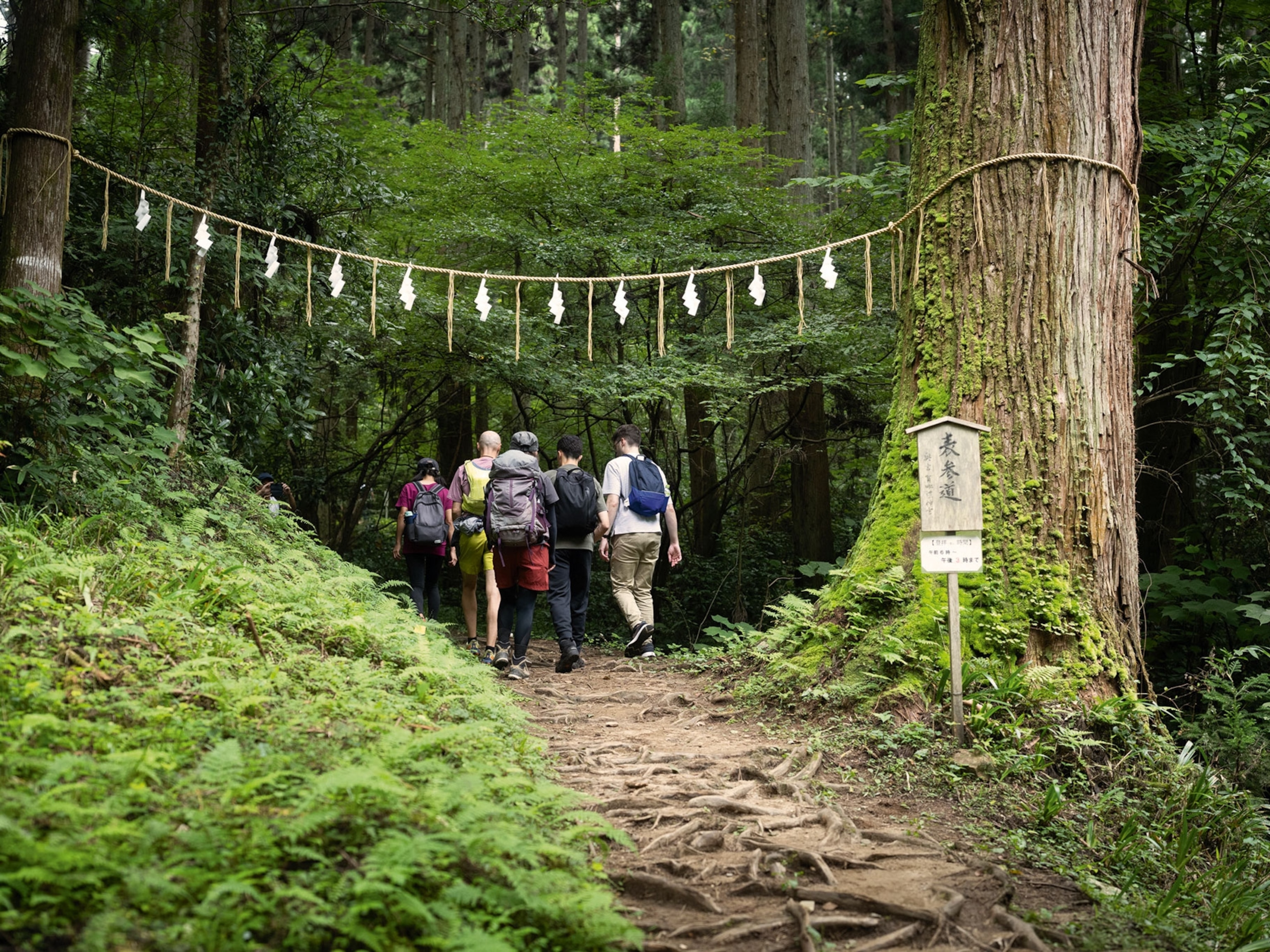The birthplace of the American vacation is in the midst of a revival—here's why
The American vacation was born in the Adirondack Mountains — and now this remote region is experiencing a revival.
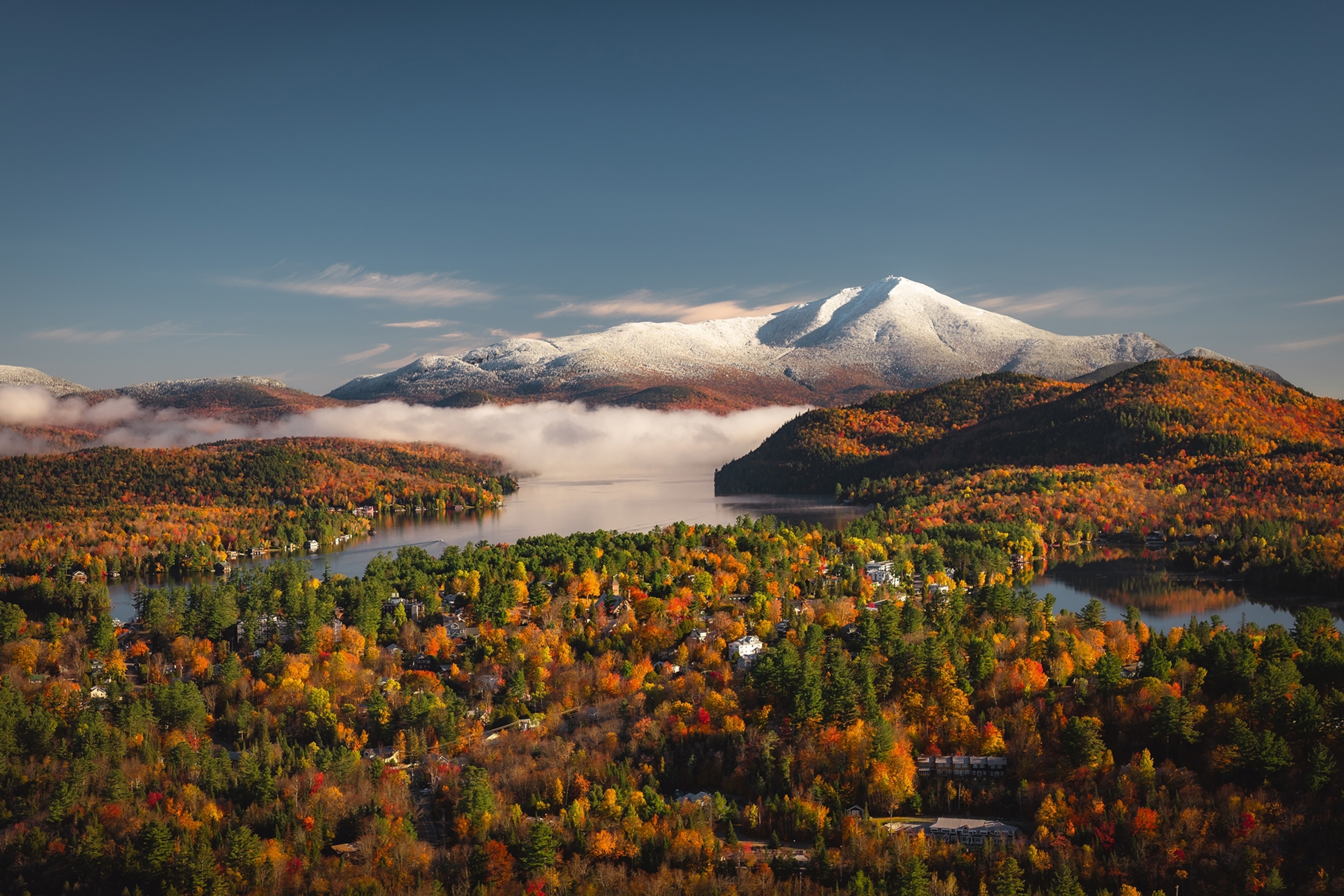
Rowing cross-handed takes some getting used to, but that’s the technique required to master an Adirondack guide boat — the lightweight yet sturdy wooden vessel built for the rugged waterways of northern New York State. After a knuckle-bashing start with its long oars, I’m soon gliding across the glassy surface of Sagamore Lake. “You’re rewiring your brain right now,” says my guide, Cari Ray. “Doesn’t that feel good?”
The plaintive calls of a solitary loon echo across the water, but aside from this bird we’re alone on the lake that fronts 127-year-old Great Camp Sagamore, one of several historic camps in Adirondack Park, four hours north of New York City. A 9,375sq-mile patchwork of state-owned and private land, the park is bigger than Yellowstone, Yosemite, Grand Canyon, Glacier and Great Smoky Mountains National Parks combined. Yet, with no gates or fees to enter, it retains a sense of wildness that can feel missing in those other parks. I’m here to follow in the footsteps — and paddle strokes — of America’s early ‘vacationers’, the first of many generations lured here by nature’s restorative powers.
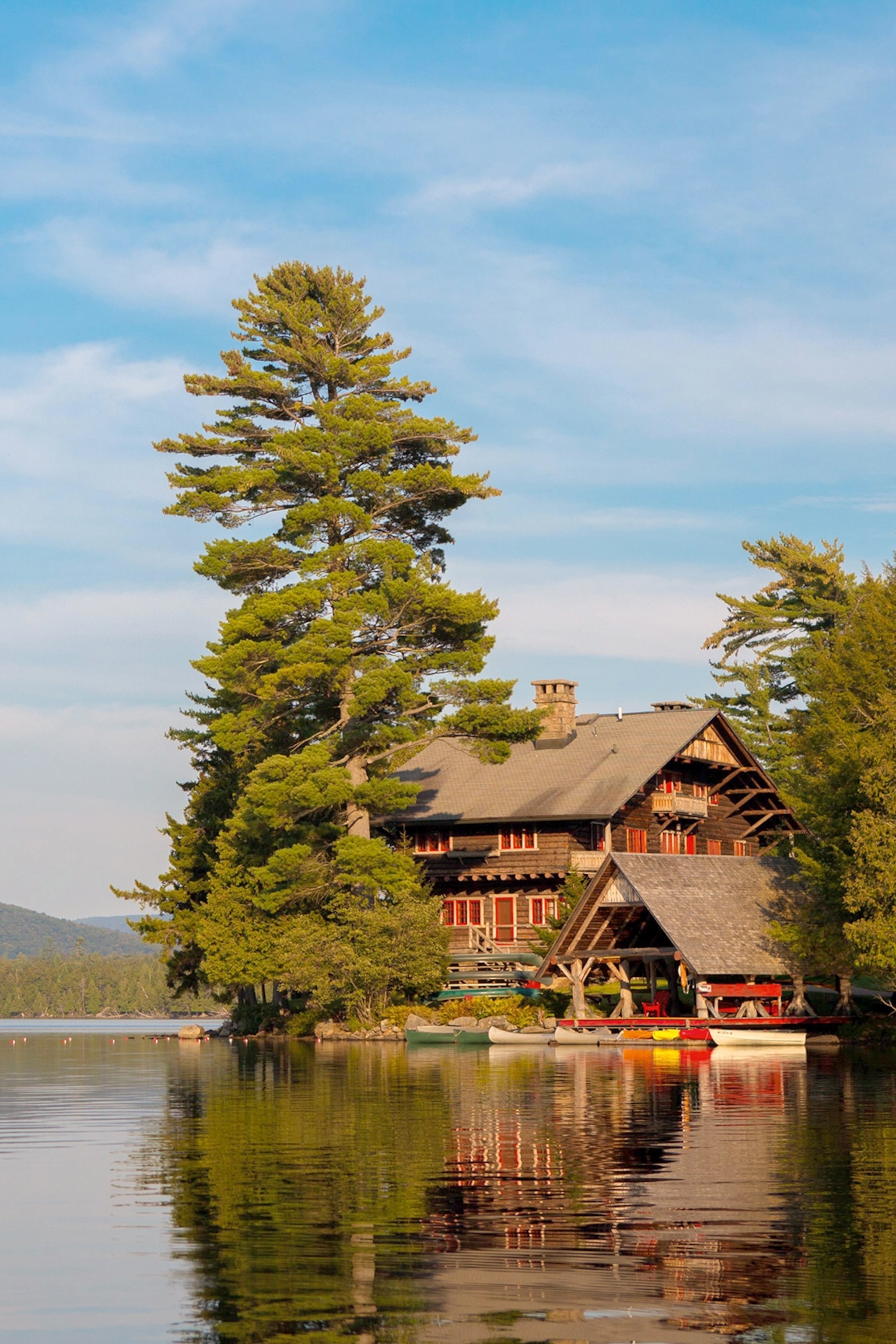
Home to Indigenous groups including the Mohawk and Mahican for millennia, the Adirondack region became more widely known with the 1869 publication of William Henry Harrison Murray’s Adventures in the Wilderness. The New England clergyman’s book encouraged camping for recreation rather than survival — a novel idea at that time — and included vivid descriptions of local lakes ‘gleaming amid the depths of the wilderness like gems of purest ray amid the folds of emerald-coloured velvet’. Murray exalted the curative qualities of ‘perfect relaxation’ for ‘jaded minds’, inspiring thousands of New Yorkers to ‘vacate’ their apartments and flee to the Adirondacks, coining the new term ‘vacation’. Spiralling demand led to a flurry of hotel construction.
As we explore the lake, Cari explains the origins of Sagamore and the area’s other Great Camps. The flurry of late-19th-century industrial activity that culminated in America’s Gilded Age funded these private retreats for elite northeastern families, built on some of the Adirondacks’ most remote shorelines. William West Durant, the son of a railroad tycoon, developed the first of these camps (Sagamore was his third and “his showpiece”, according to Cari). Set in a forest of hemlocks and pines, its cluster of rustic buildings — constructed from natural materials, including rough-hewn logs and bark — “became the blueprint for all national park [lodges] in this country; buildings that blend into the landscape,” says Cari. In 1901, Alfred Gwynne Vanderbilt, one of America’s richest men, bought the camp. His expansions and improvements — as well as his elaborate parties — solidified its status as a palatial wilderness retreat.

But the era of the Great Camp was short lived. By the mid-20th century, many of their wealthy owners had died or lost their fortunes in the Great Depression. As cities became more comfortable and international travel more accessible, the Adirondacks lost their lustre. The Vanderbilt family sold Sagamore and it fell into disrepair. Now restored to its former glory and designated a National Historic Landmark in 2000, it offers guided tours and overnight stays. These days, people are not coming to “hardcore venture out into the wilderness”, as Cari puts it, but for the restorative effect — enhanced by the lack of mobile reception and spotty wi-fi. “We’re not sorry about that,” adds Cari. “It’s an invitation to be fully present.”
In the 19th century, reaching Sagamore from New York might have taken several days and multiple modes of transport — today, guests still reach the woodland retreat from the main road via four miles of bumpy, unpaved track. Over two days, I spend many hours lazing on my cabin’s lakefront porch or enjoying communal meals in the dining hall, including pastas and dishes prepared by visiting Mexican culinary students. The rest of my time is spent exploring Sagamore’s 1,526 acres by paddle and on foot.
One morning, I join the camp’s resident historian, Connor Williams, for a tour of the camp’s preserved buildings — complete with log beams, sturdy wooden furniture and cosy, moose- and bear-patterned rugs and blankets. He grew up holidaying in the Adirondacks and settled here a few years ago. “A lot of folks are rediscovering it as a place to live,” says Connor. Increasingly, visitors aren’t coming to Sagamore to see a “shrine” to the Gilded Age, he explains, but to explore the elemental forces that shaped the era’s elite. “Coal, steel, timber — those industries made them so wealthy,” he explains. But their effects “made them want to flee the cities for the woods”.

To protect the region from the ravages of heavy industry, Adirondack Park was formed in 1892. Two years later, the New York State Constitution decreed that its state-owned Forest Preserve be ‘forever kept as wild forest lands’. Unsullied by development, the region remains a playground for human-powered adventure, from hiking in biodiverse, unlogged forests to kayaking in pristine protected waterways. The latest addition is the still-in-development Adirondack Rail Trail, a network of former-train-track paths being repurposed for journeys by bike and even snowshoe. One of the park’s most popular activities is summiting the Adirondack High Peaks. Tackling the 46 mountains — all roughly over 4,000ft in height — is the New York State equivalent of Munro-bagging.
After leaving Sagamore, I travel 90 miles north east to climb 4,240ft Big Slide Mountain, one of the easier of the 46 to tackle. From the top, my view confirms the veracity of the state’s ‘forever wild’ boast: I’m surrounded by thick forest, broken only by rocky mountain summits and slides. I could return again and again and find this view unchanged.
Afterwards, I reward myself with a German-style kölsch beer at Paradox Brewery — set in a timber-framed building in the town of North Hudson, it offers mountain views from its patio and through its large windows. The town was hard hit by the closure of its Wild West theme park in the late 1990s, but the opening of a brewery on the site in 2020 sparked its revival. In the region, even private land is tightly regulated by the Adirondack Park Agency, so development — or the lack of it — is a contentious economic issue.


Less problematic has been the trend for entrepreneurs to acquire and repurpose properties that have remained empty since previous downturns. These businesses tend to draw visitors away from the main tourism hubs of Lake Placid and Lake George and towards the Adirondacks’ less-celebrated hamlets. Crown Point’s War Cannon Spirits transformed a crumbling 200-year-old former lumber mill into a tasting room, restaurant and events space in 2022; Tupper Lake’s Quebec-influenced restaurant, The Woodshed on Park, opened in a long-dormant building in 2023; and The Mill, an arts centre, performance space and speakeasy, opened in a former grain mill in Westport in 2024.
My next destination is The Lodge at Schroon Lake, which from the 1940s was run as a religious compound by an evangelical church before returning to its origins by reopening as a hotel in 2023. Evoking the spirit of the classic American summer camp, it offers activities from pickleball to outdoor film screenings, but I opt for a trip aboard a vintage-style wooden motorboat. Setting out from the lodge’s private marina, we cruise past lavish holiday homes, charming cottages and a private island run as a kids’ summer camp. As I watch the High Peaks recede into the distance behind the boat’s wake, captain Mark Erler — also an outdoor guide and instructor — tells me he’s been working in the Adirondacks for a quarter of a century.
He was a bemused witness to the post-pandemic boom, which brought people to the region “who’d never been in the woods before in their lives”, he says, smiling. “The last time that many fish out of water came to the Adirondacks was after Murray’s book,” Mark adds. “Some of them lost digits!” The press branded those woefully unprepared 19th-century vacationers ‘Murray’s Fools’ but their modern-day equivalents have no excuse: the Adirondack Mountain Club promotes responsible outdoor recreation through regular skills workshops and guided hikes.
Balancing visitor interest in the area with the conservation of the landscapes that draw them here is challenging. But the park’s size is one of its safeguards — there are still plenty of tucked-away corners that remain relatively undisturbed compared to the crowded towns and trailheads. Stringent land management may mean progress in the Adirondacks is slow, as Mark puts it, but he believes the benefits are worth it. “There’s nothing we have invented that filters water and air as effectively as undeveloped landscapes covered in trees,” he says, steering the boat towards a pine-covered shore. Thanks to a local commitment to sustainable tourism, the land where the American vacation was born now serves as a model for its future.
How to do it
Getting there & around
Carriers including British Airways and United Airlines fly direct daily from Heathrow to New York City.
Average flight time: 8h.
From NYC, it’s around a four-hour drive to the Adirondacks. There’s also a daily train from New York’s Penn Station to Adirondack towns including Westport.
Hiring a car is the easiest way to get around the region, which is not well served by public transport.
When to go
The Adirondacks is most spectacular in autumn, when the foliage changes colour. Temperatures in September and early October range from 10C to 21C. Winters are harsh, with averages from -9C to -5C, but the mountains are quietly beautiful in the snow.
Where to stay
Great Camp Sagamore. Two-night minimum stay (May to October) from £380 full board, including activities.
The Lodge at Schroon Lake. From £85 a night.
More info:
adirondacksusa.com
Woodswoman: Living Alone in the Adirondack Wilderness, by Anne Bastille. $16 (£12.50)
To subscribe to National Geographic Traveller (UK) magazine click here. (Available in select countries only).
